Chocolate melting transforms solid chocolate into a smooth liquid through controlled heat application while preserving its delicate flavor compounds and cocoa butter structure. Proper temperature control prevents common issues like seizing and scorching, ensuring the chocolate maintains its desirable characteristics for dipping, molding, or baking projects.
The melting process involves breaking down cocoa butter crystals without damaging the chocolate's complex flavor profile or causing it to separate. Different chocolate varieties require specific temperature ranges due to variations in cocoa butter content, with dark chocolate generally tolerating slightly higher heat than milk or white chocolate.
Double Boiler Method Explained
A double boiler consists of two fitted cooking vessels where water simmers in the lower pot while chocolate melts in the upper container without direct heat contact. This bain-marie technique creates gentle, indirect heat transfer through steam and hot water, preventing the chocolate from exceeding critical temperature thresholds that would damage its structure.
Setting up a double boiler requires a heat-proof bowl (typically glass, ceramic, or stainless steel) placed over a pot containing about an inch of simmering water. The bowl should fit securely on the pot without touching the water surface, creating an air gap that ensures even heat distribution through steam rather than direct water contact.
Indirect heat application works through conduction and convection principles, where energy transfers gradually from the steam to the bowl and then to the chocolate. This physical barrier between the heat source and chocolate creates a temperature ceiling around 212°F (100°C), making it nearly impossible to overheat the chocolate regardless of the stove temperature.
Microwave Melting Method Explained
Microwave melting utilizes electromagnetic waves that excite water molecules in chocolate, generating internal heat that melts the cocoa butter from within. This direct energy transfer method works rapidly but requires careful management to prevent hot spots that could damage the chocolate's delicate structure.
Proper equipment for microwave melting includes microwave-safe glass or ceramic bowls with sufficient capacity for stirring without spillage. Plastic containers may warp or leach chemicals when heated with fatty substances like chocolate, while metal containers block microwaves entirely and can cause dangerous arcing.
The interval technique involves heating chocolate in short 15-30 second bursts at medium power (50-70%), stirring thoroughly between each cycle to redistribute heat evenly. This methodical approach compensates for the microwave's uneven heating pattern by allowing heat to equalize throughout the chocolate mass before applying additional energy.
Double Boiler Advantages for Chocolate
Superior temperature control with double boilers maintains chocolate below its critical threshold of approximately 120°F for dark chocolate or 110°F for milk and white varieties. This gentle heating approach preserves the delicate flavor compounds and prevents fat separation that occurs when chocolate exceeds its temperature limits.
Double boilers significantly reduce seizing risk by creating a physical separation between water and chocolate while providing consistent, moderate heat. The gradual warming process gives chocolatiers complete control over texture development, allowing them to achieve the perfect consistency for specific applications without constant vigilance.
Professional-quality results from double boiler melting include superior gloss, snap, and mouthfeel in finished chocolate products. The controlled environment produces evenly melted chocolate with ideal viscosity for coating, dipping, or molding applications that require smooth texture and proper flow characteristics.
Double Boiler Disadvantages
Time investment with double boiler melting typically ranges from 10-15 minutes compared to 1-3 minutes for microwave methods. This slower process requires planning ahead and patience, which may be impractical for quick cooking projects or when multiple batches need processing.
Equipment setup requires assembling multiple pieces, ensuring proper water levels, and monitoring the simmering process throughout melting. This preparation complexity creates barriers for novice cooks or those working in limited kitchen spaces without extensive cookware collections.
Cleaning and maintenance involve washing multiple components and dealing with potential water spillage during the dismantling process. The additional equipment also demands more storage space and careful handling of hot water, creating safety considerations not present with microwave melting.
Microwave Melting Advantages
Time efficiency represents the microwave's most significant benefit, reducing chocolate melting from 10+ minutes to approximately 1-3 minutes total. This rapid processing allows for spontaneous baking projects or quick chocolate fixes without extensive preparation or cleanup.
Convenience factors include simplified equipment needs, reduced monitoring requirements, and accessibility for cooks of all skill levels. The streamlined process requires only a microwave-safe bowl and spoon, eliminating the need for specialized equipment or technical knowledge about proper water bath setup.
Energy consumption advantages stem from the microwave's targeted heating approach, which uses approximately 65-80% less electricity than stovetop methods. This efficiency reduces both environmental impact and utility costs while delivering comparable results for many basic chocolate applications.
Microwave Melting Disadvantages
Uneven heating occurs because microwaves create scattered hot spots throughout the chocolate mass, potentially causing some portions to overheat while others remain solid. This inconsistent energy distribution requires vigilant monitoring and frequent stirring to prevent damaged chocolate even with interval heating techniques.
Scorching and burning risks increase dramatically with microwave melting because temperatures can spike rapidly in localized areas. The absence of a temperature ceiling means chocolate can easily exceed its critical threshold of 120°F within seconds, permanently damaging its structure and creating bitter, grainy texture.
Texture inconsistency issues arise from the microwave's difficulty maintaining the ideal temperature range needed for proper chocolate crystal formation. The rapid heating process can create uneven melting patterns that affect the chocolate's final texture, glossiness, and setting properties for molded or dipped items.
Different Chocolate Types and Melting Methods
Dark chocolate contains higher cocoa solids content and less cocoa butter than other varieties, allowing it to withstand slightly higher temperatures during melting. This more stable composition makes dark chocolate somewhat more forgiving in microwave applications, though it still benefits from gentle double boiler treatment for premium results.
Milk and white chocolate require extra caution due to their higher milk solids and sugar content, which can burn easily at temperatures above 110°F. These delicate varieties benefit significantly from double boiler melting, as the method's temperature ceiling prevents the scorching that frequently occurs with microwave heating.
|
Chocolate Type |
Optimal Melting Temperature |
Best Method |
Special Considerations |
|
Dark Chocolate |
115-120°F (46-49°C) |
Double boiler |
More heat tolerant, less prone to seizing |
|
Milk Chocolate |
105-110°F (40-43°C) |
Double boiler |
Milk solids can burn easily, needs gentle heat |
|
White Chocolate |
100-105°F (38-40°C) |
Double boiler |
Most heat-sensitive, can separate quickly |
|
Compound Chocolate |
120-125°F (49-52°C) |
Microwave suitable |
Contains vegetable fats instead of cocoa butter, more heat stable |
|
Chocolate Chips |
105-115°F (40-46°C) |
Either method |
Contains stabilizers, may not melt as smoothly |
Couverture chocolate contains higher cocoa butter percentages (32-39%) than compound chocolate, requiring more precise temperature control during melting. This premium chocolate benefits substantially from double boiler melting as it preserves the exceptional flow properties and flavor profile that justify its higher cost and professional usage.
Professional Applications
Professional chocolatiers overwhelmingly prefer double boilers due to their consistent results and precise temperature control capabilities. This traditional method allows artisans to develop the specific viscosity and crystal structure needed for showpiece creation, confectionery production, and premium chocolate work that demands flawless texture.
Commercial kitchens occasionally employ microwaves for preliminary melting or small batch preparation when time constraints become critical. These professional environments typically use the microwave as a head start before transferring partially melted chocolate to temperature-controlled equipment for finishing and proper crystal development.
Restaurant and bakery settings often utilize specialized equipment like chocolate melters with thermostatic controls that maintain precise temperatures for extended periods. These commercial tools combine the gentle heating principles of double boilers with the convenience of dedicated appliances designed specifically for chocolate work.
Home Applications
Home cooks can achieve excellent results by matching the melting method to their specific project requirements and available time. Simple applications like chocolate chip cookie dough or brownie batter tolerate microwave melting well, while special occasion dipping or molding projects benefit from the superior control of double boilers.
Time constraints often dictate method selection in home settings, with weeknight desserts favoring quick microwave approaches and weekend projects allowing for the more deliberate double boiler technique. This practical consideration helps home bakers balance quality requirements against real-world scheduling demands.
Improvised equipment can enhance results when dedicated tools aren't available, such as using heat-proof measuring cups in microwave melting or creating makeshift double boilers with mixing bowls. These adaptations allow home cooks to improve their chocolate melting outcomes without investing in specialized equipment they may use infrequently.
Troubleshooting Common Problems
Seized chocolate develops a stiff, grainy texture when exposed to even tiny amounts of water or excessive heat during melting. This common issue can sometimes be reversed by immediately incorporating a small amount of neutral vegetable oil (about 1 teaspoon per 6 ounces of chocolate) and gently warming while stirring continuously.
Scorched chocolate exhibits a burnt, bitter flavor and discolored appearance that unfortunately cannot be salvaged for fine confectionery work. This irreversible damage occurs most frequently with microwave melting but can be prevented through diligent interval heating, constant stirring, and removing chocolate from heat when small unmelted pieces remain.
Texture rehabilitation depends on the specific issue, with inconsistent melting often improved through gentle reheating in a double boiler and thorough stirring. The following techniques address common texture problems encountered during chocolate melting:
-
For overly thick chocolate: Add a small amount of cocoa butter or neutral oil
-
For lumpy texture: Strain through a fine mesh sieve or continue gentle heating
-
For dull appearance: Properly temper by controlling cooling temperature and agitation
Best Practices for Perfect Results
Temperature monitoring provides the most reliable indicator of chocolate quality during melting, with instant-read thermometers offering precise measurement. Dark chocolate should remain below 120°F, milk chocolate below 110°F, and white chocolate below 105°F to prevent damage to their delicate structures.
Proper stirring techniques vary by method, with microwave melting requiring thorough stirring after each heating interval to redistribute heat evenly. Double boiler melting benefits from gentle, occasional stirring with silicone spatulas that scrape the bowl surface effectively without introducing air bubbles that could affect texture.
Cooling procedures significantly impact working time and final texture, with properly melted chocolate requiring controlled cooling to maintain workability. Professional techniques include:
-
Working on marble surfaces that absorb excess heat
-
Spreading chocolate thinly to accelerate cooling when needed
-
Reserving unmelted chocolate pieces to seed proper crystal formation
-
Maintaining temperatures between 88-90°F for optimal dipping viscosity
Specialty Applications
Chocolate dipping applications require maintaining specific temperatures throughout the process to ensure proper coating thickness and appearance. Double boiler melting provides superior results for these projects by allowing chocolatiers to hold steady temperatures for extended periods while working through multiple dipping items.
Molding projects benefit from chocolate with proper flow characteristics to fill detailed cavities without air bubbles or uneven thickness. The controlled environment of double boiler melting creates ideal viscosity for pouring into molds, while the temperature stability helps maintain the chocolate in workable condition throughout the molding process.
Ganache preparation involves combining hot cream with chopped chocolate, making the chocolate's initial condition less critical than in direct melting applications. While both methods work for ganache base preparation, the microwave offers efficiency advantages for this specific application where cream temperature ultimately determines the final emulsion quality.
Choosing the Right Method for Your Project
Project requirements should guide melting method selection, with factors including:
-
Quantity of chocolate being melted
-
Required quality level of the finished product
-
Technical complexity of the intended application
-
Need for specific viscosity or working properties
|
Project Type |
Recommended Method |
Reasoning |
|
Simple chocolate drizzle |
Microwave |
Quick, convenient, appearance less critical |
|
Chocolate-dipped strawberries |
Double boiler |
Even coating, better setting properties |
|
Chocolate bark or clusters |
Either method |
Forgiving application, texture variations less noticeable |
|
Molded chocolates |
Double boiler |
Superior flow properties, fewer air bubbles |
|
Chocolate curls/decorations |
Double boiler |
Better tempering for proper snap and appearance |
|
Chocolate fondue |
Double boiler |
Maintains serving temperature longer without scorching |
|
Baking recipe ingredient |
Microwave |
Typically incorporated with other ingredients, precision less critical |
Available time influences method choice significantly, with microwave melting providing clear advantages for quick projects or last-minute preparations. Double boiler melting requires planning ahead but rewards the time investment with superior results for showcase projects or premium chocolate work.
Quality expectations establish the bottom-line criteria for method selection, with professional-level results demanding double boiler precision. According to research by Janice Krause at the Culinary Institute of America, "properly melted chocolate contains undamaged cocoa butter crystals that significantly impact mouthfeel, appearance, and shelf stability of the finished product."
Frequently Asked Questions About Chocolate Melting
What wattage setting is best for melting chocolate in the microwave? Medium power settings between 50-70% (approximately 400-600 watts) provide the optimal balance between efficiency and control for microwave chocolate melting.
Can I use a plastic bowl for melting chocolate in a double boiler? Plastic bowls should never be used for double boiler melting as they can warp, melt, or release harmful chemicals when exposed to prolonged heat.
How does chocolate chip brand affect melting quality? Premium chocolate chip brands like Ghirardelli and Valrhona contain higher cocoa butter percentages and fewer stabilizers, resulting in smoother melting properties and superior flavor compared to standard baking chips.
What's the minimum amount of chocolate that works well in a double boiler? A minimum of 4 ounces (about 113 grams) of chocolate works effectively in standard double boilers, as smaller amounts may heat too quickly and risk scorching even with indirect heat.
How do I melt chocolate for a chocolate fountain? Chocolate fountain applications require adding 1/4 cup of neutral oil per pound of chocolate while melting to achieve the flowing consistency necessary for proper equipment function.
Can dark chocolate and white chocolate be melted together? Dark and white chocolate can be melted together, but the result will have a marbled appearance rather than blending completely due to their different cocoa butter crystallization properties.

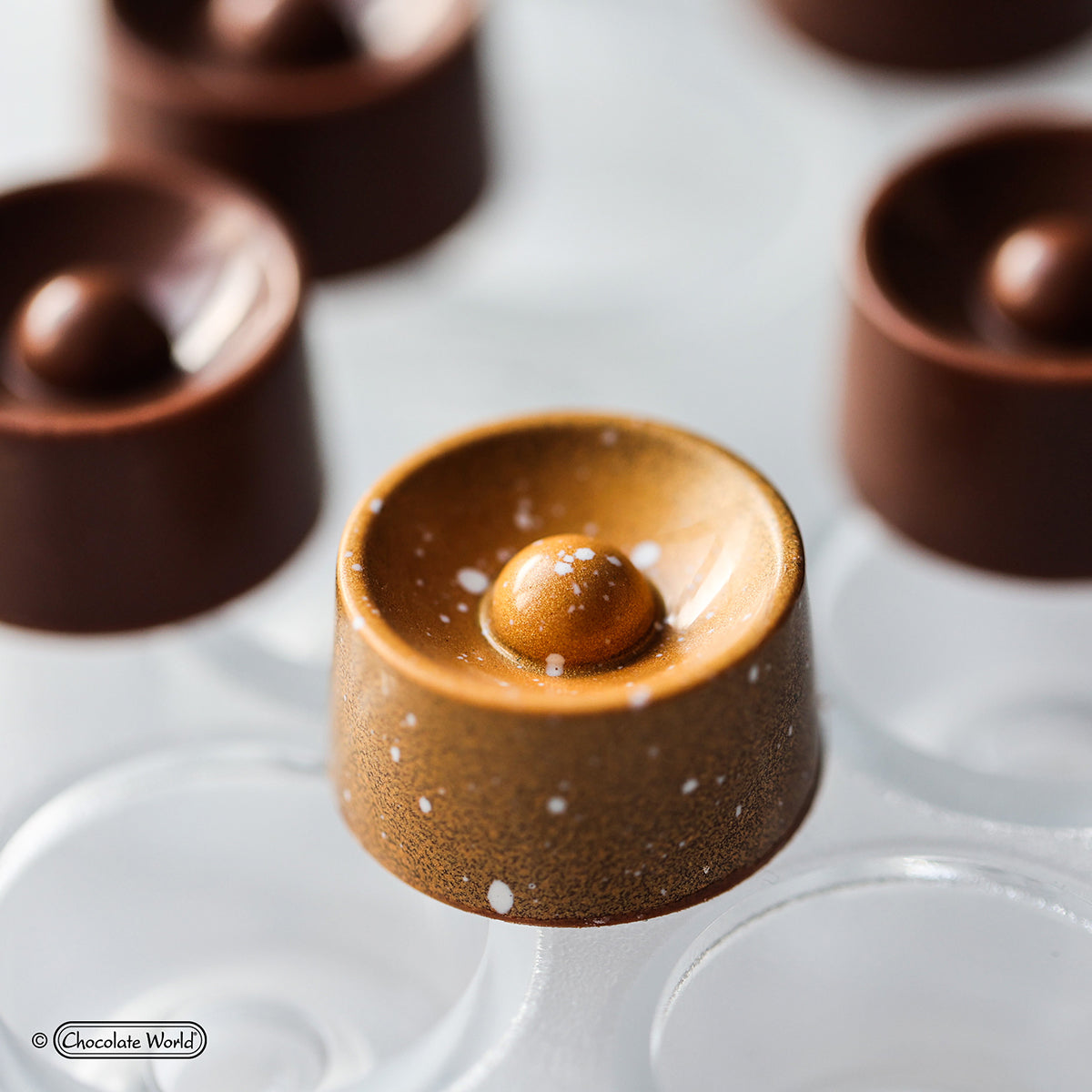
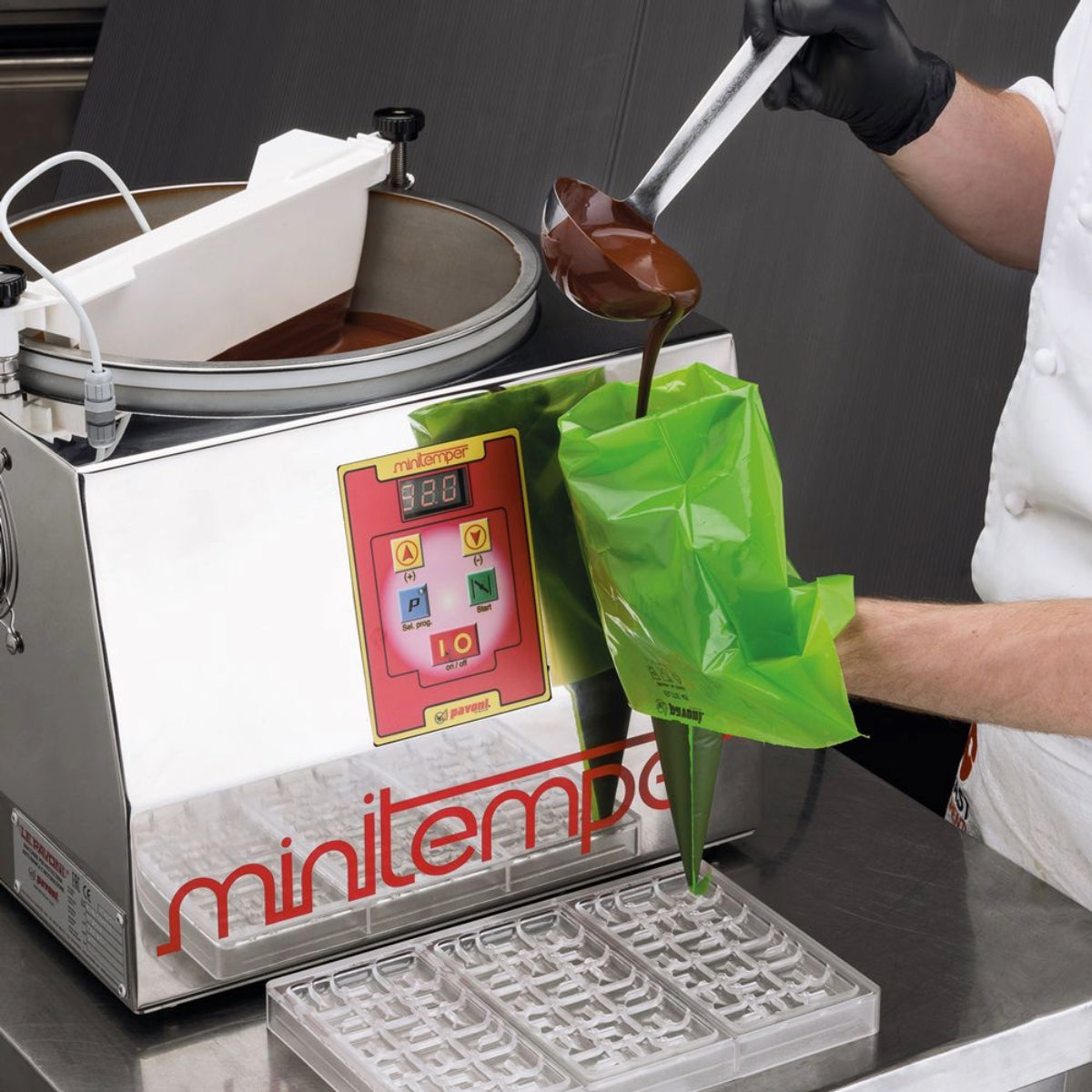
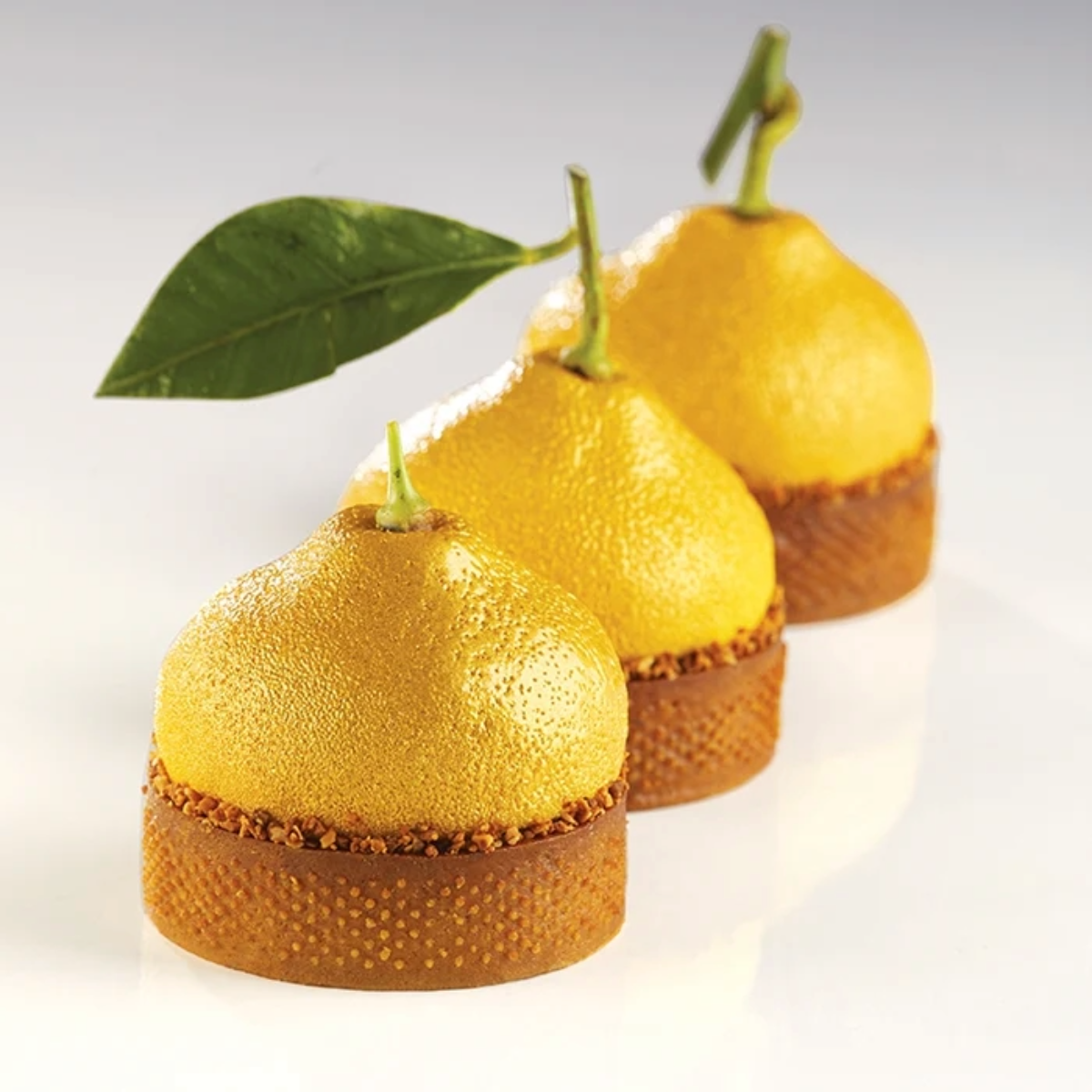
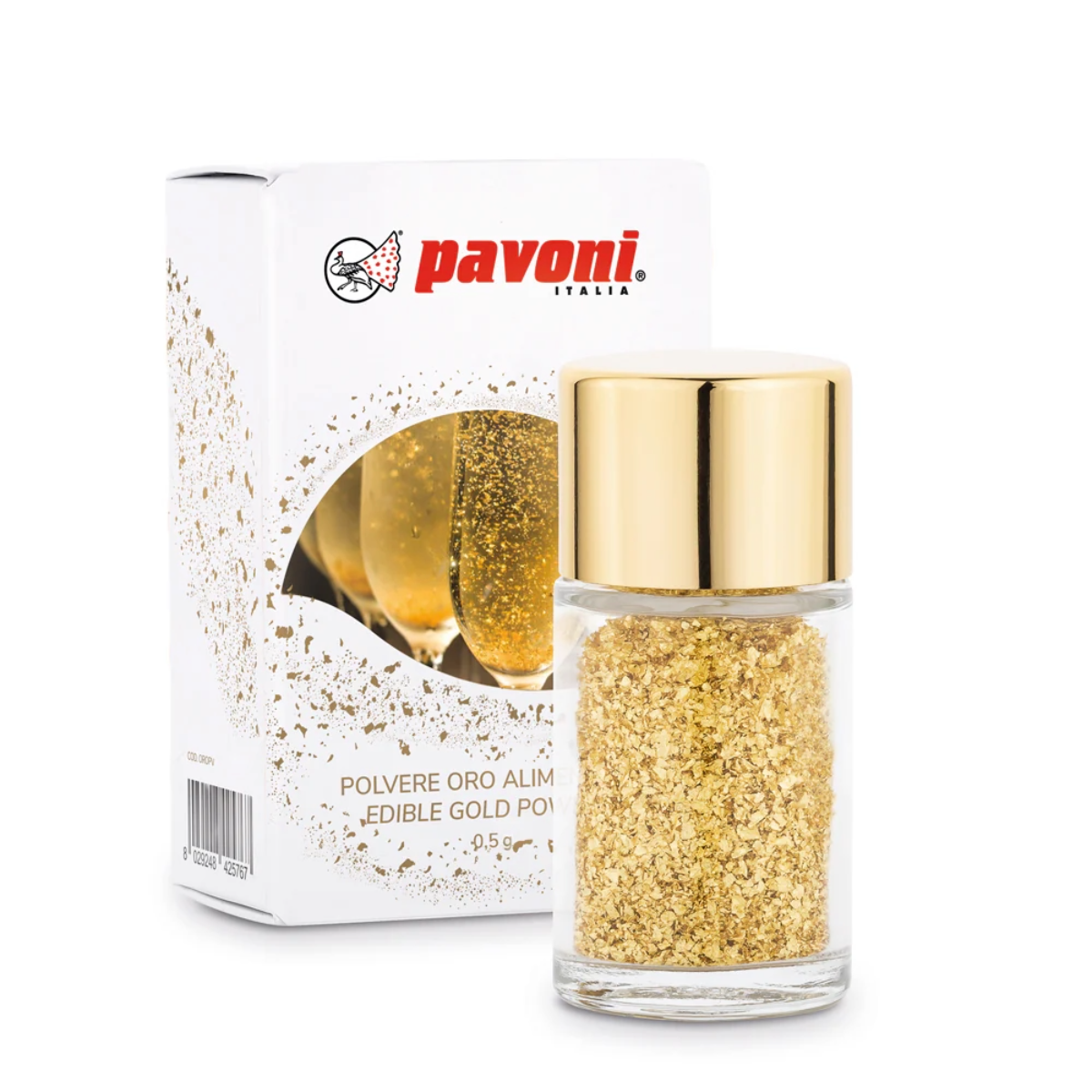



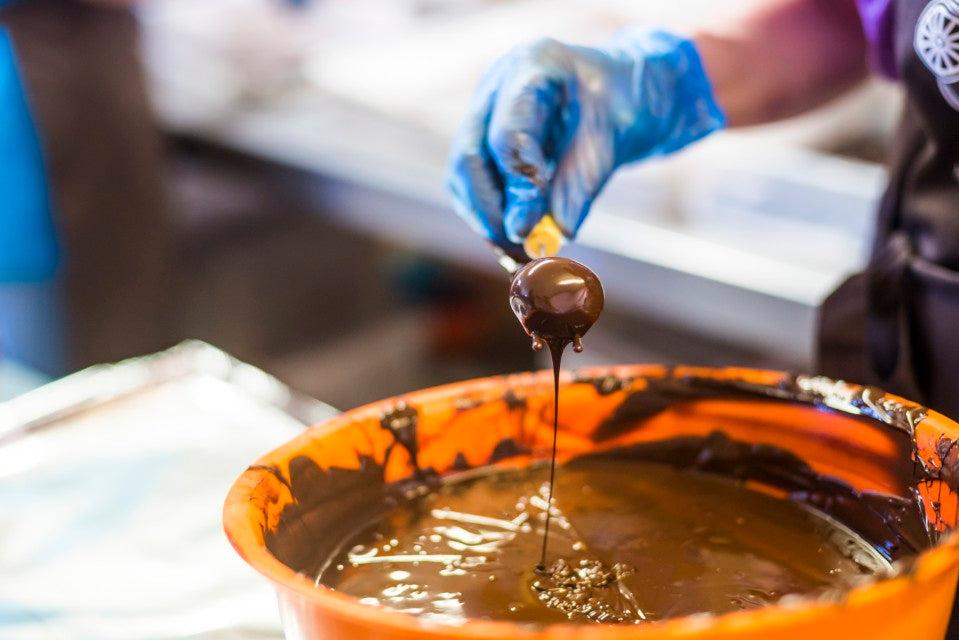




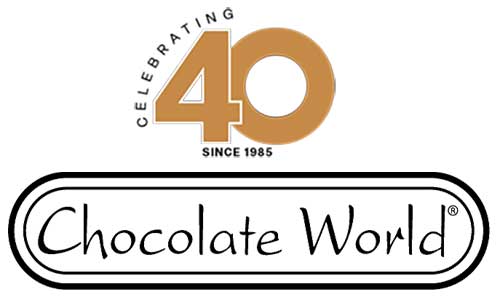

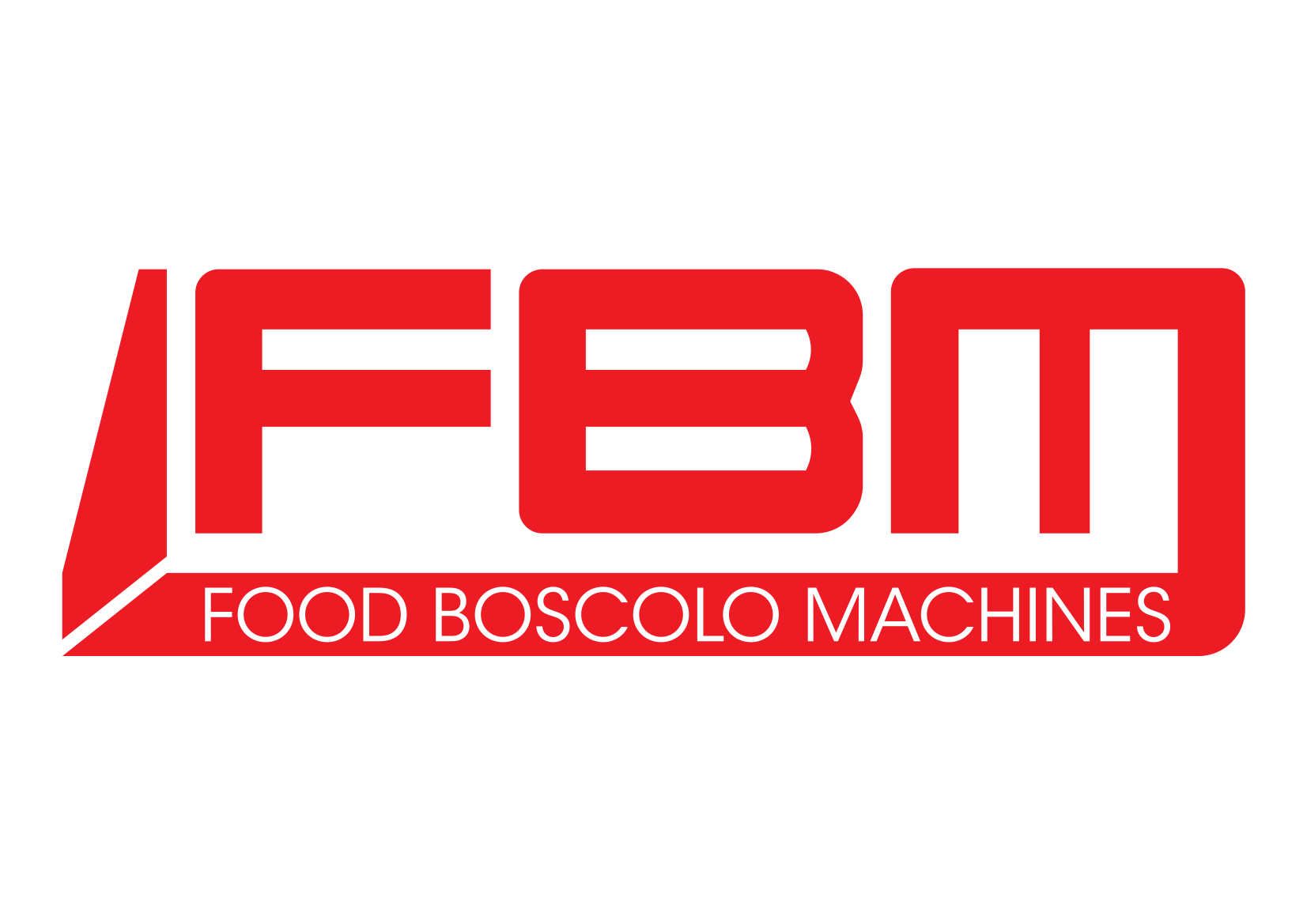
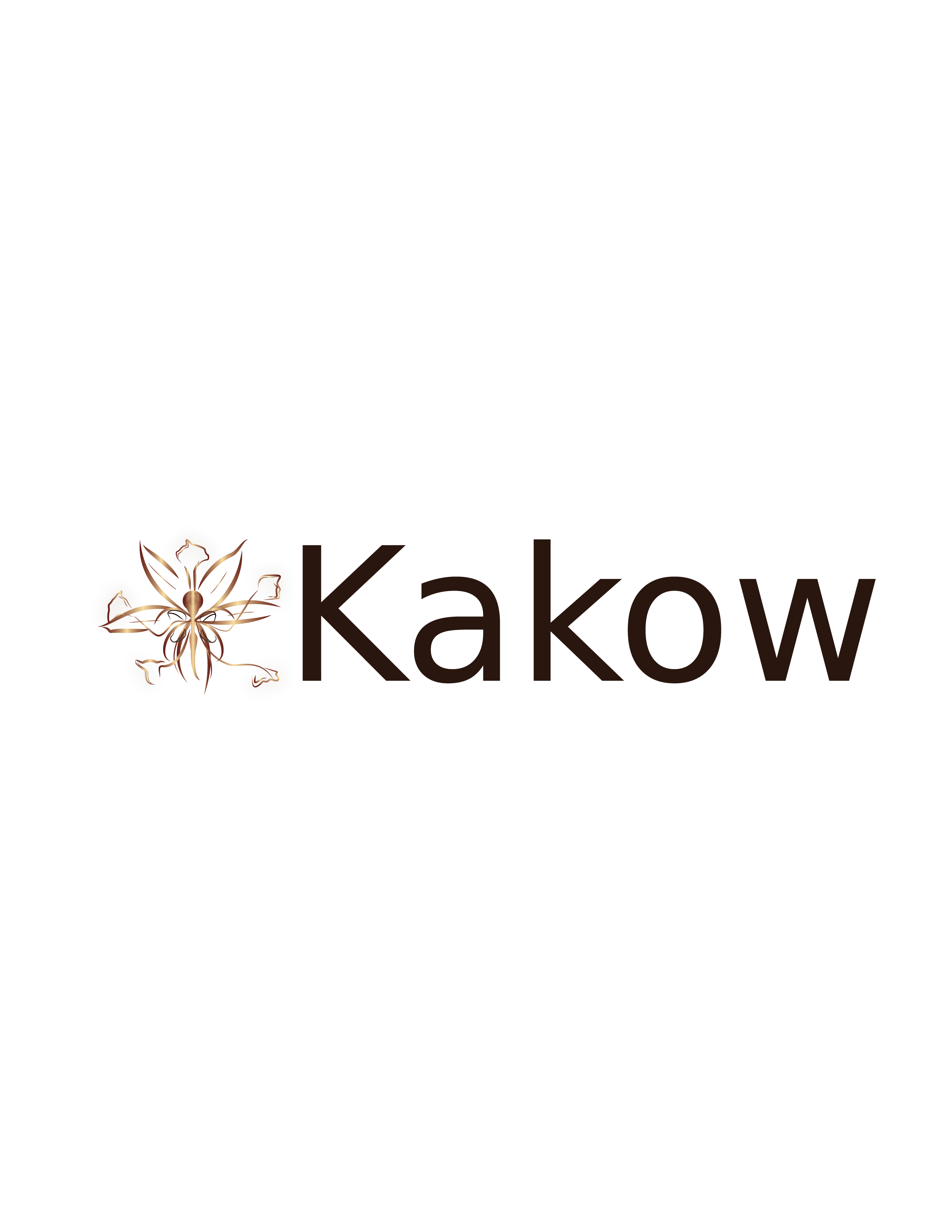

















Leave a comment
This site is protected by hCaptcha and the hCaptcha Privacy Policy and Terms of Service apply.